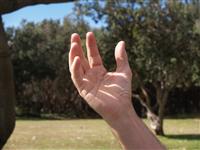 Develop an in depth knowledge of human movement.
Develop an in depth knowledge of human movement.
By understanding of the operation of muscles and nerves, in movements and reactions observed in the body. This course covers: nerves, the nervous system, motor skills, structure and function of skeletal muscle, muscular strength, endurance and flexibility. Prerequisites: Human Biology BSC101 or equivalent.